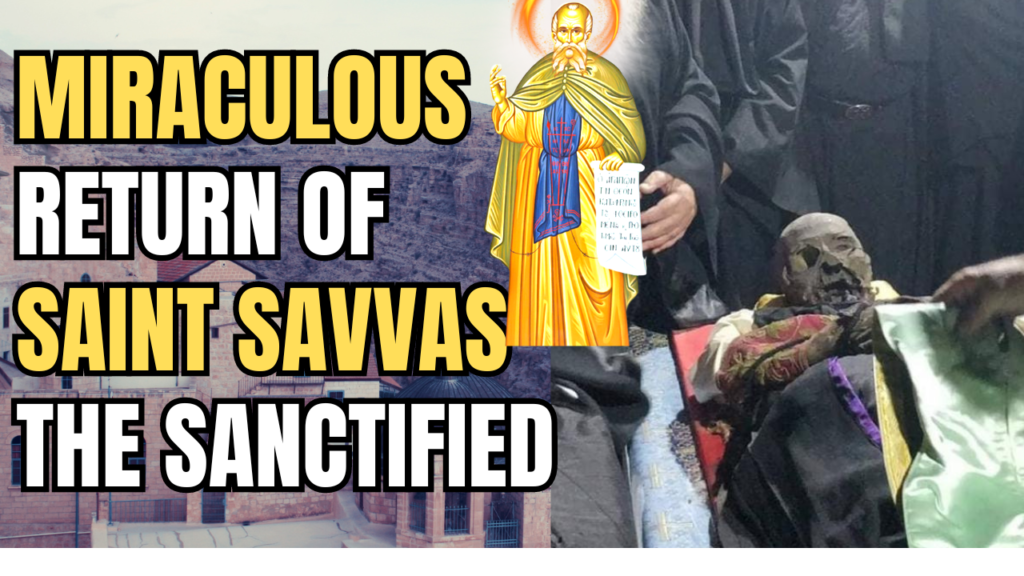In his lifetime, St. Savvas the Sanctified prophesied that his incorrupt body would be removed from his monastery and eventually find rest in the Lavra he founded. This prophecy, he declared, would unfold before the end of the world. Centuries later, during the First Crusade (1096 – 1099), the holy relics of St. Savvas were among those stolen by crusaders and taken to Venice, Italy, where he was enshrined in a church dedicated to St. Anthony.
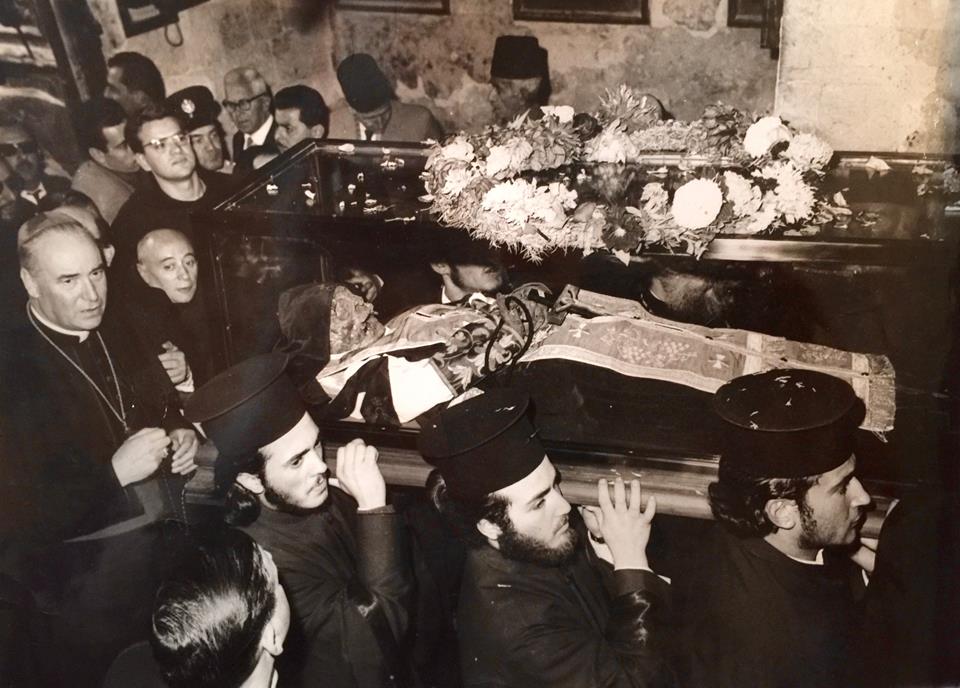
Fast forward to October 10, 1965, when Pope Paul VI returned the relics of St. Savvas to the Patriarchate of Jerusalem. The reception was directed by Patriarch Benediktos and attended by Bishop Vasilios of Jerusalem, Fr. Theodosios (Abbot of Bethany), Fr. Seraphim (Abbot of St. Savvas Lavra), and Hierodeacon Kyriakos (future Metropolitan of Nazareth).

The story takes an intriguing turn as it becomes apparent that St. Savvas himself played a role in the return of his relics. Appearing in dreams to Pope John XXIII and causing disturbances in his reliquary, St. Savvas continued to influence Pope Paul VI, urging him to honor the saint’s wishes.
Despite the Pope’s initial reluctance, St. Savvas persisted in his appeals. When the relics arrived in Venice, Fr. Seraphim, the Abbot of St. Savvas Lavra, carefully examined the incorrupt remains, noticing a missing eye—a detail consistent with St. Savvas’ biography.
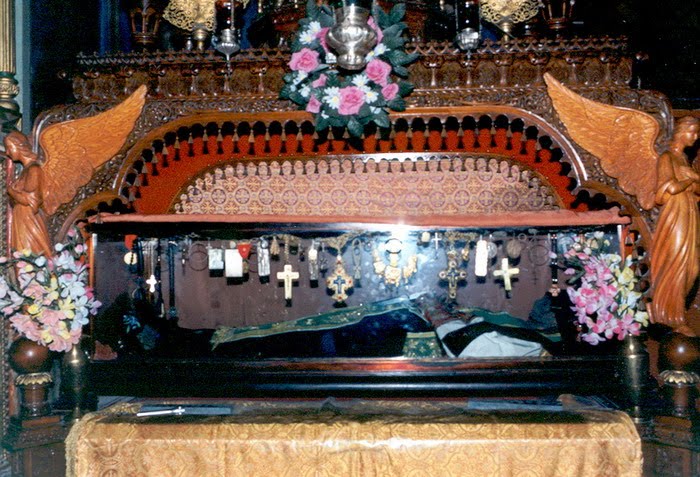
As the relics traveled to Athens for veneration before their return to Jerusalem, Fr. Seraphim stood guard throughout the night, creating an atmosphere as if he and St. Savvas were in conversation. Dressing the relics in Orthodox vestments posed a challenge due to centuries of wearing Latin attire. In a remarkable moment of prayer, Fr. Seraphim lifted the arms of St. Savvas, allowing for the change of vestments without difficulty.
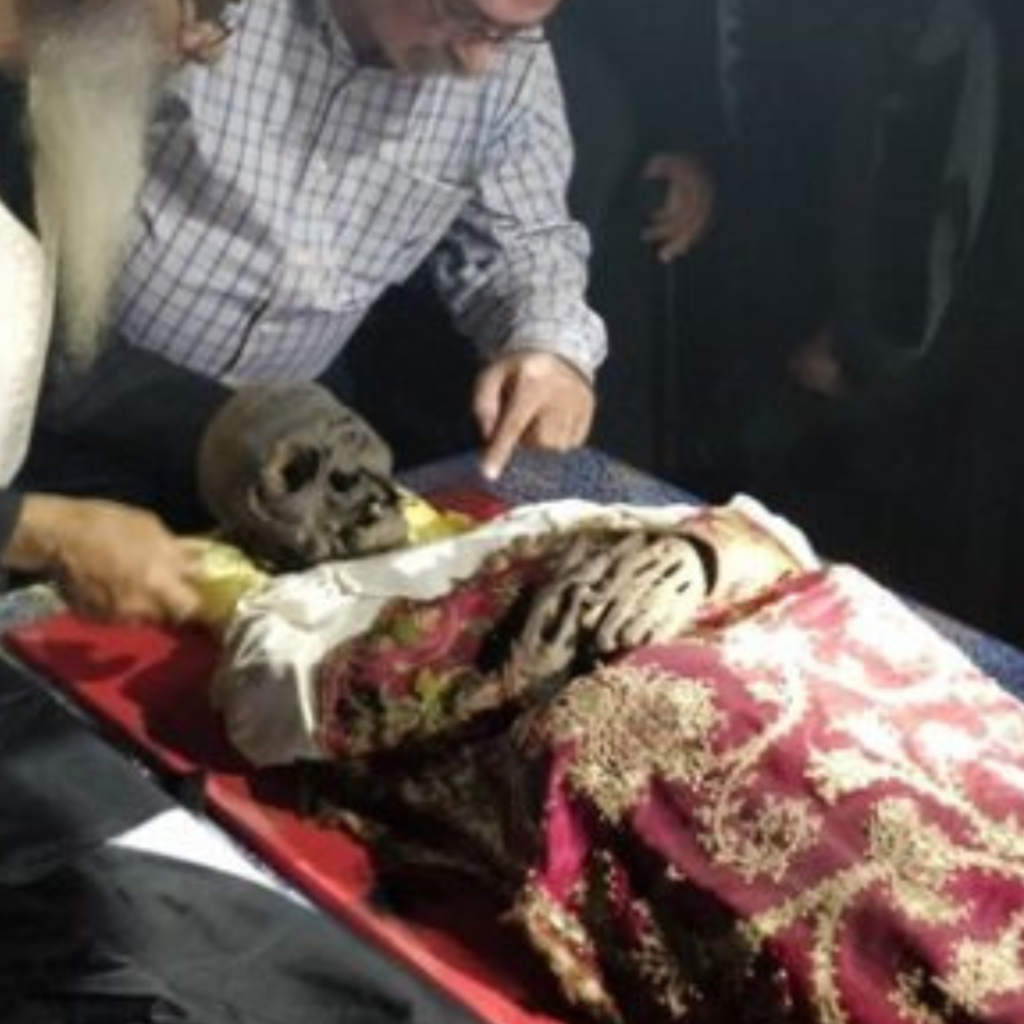
The final leg of the journey brought the relics back to Jerusalem, where they were first brought to the Church of the Resurrection for veneration by women before their permanent placement in the all-male monastic Lavra of St. Savvas. During this time, a miraculous event occurred when an Orthodox nun, doubting the authenticity of the relics, witnessed the head of St. Savvas lift and turn towards her, dispelling her doubts and filling her with joy.
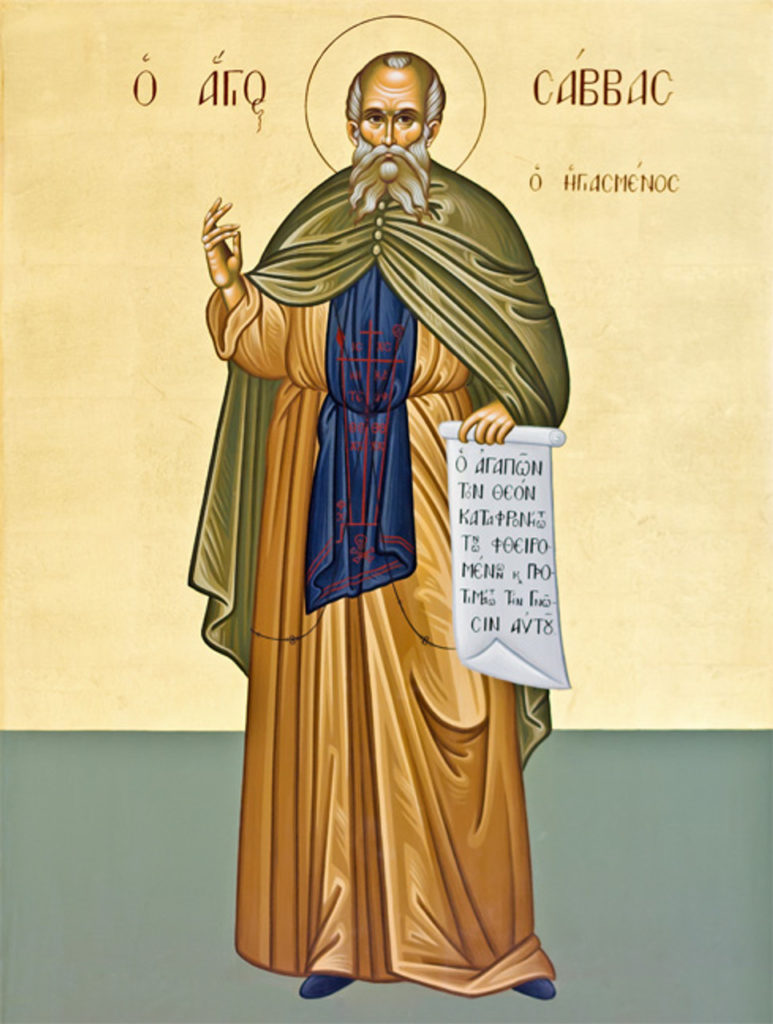
The miraculous return of St. Savvas’ relics stands as a testament to the enduring connection between faith, prophecy, and the divine, shaping a remarkable chapter in the history of spiritual treasures.

